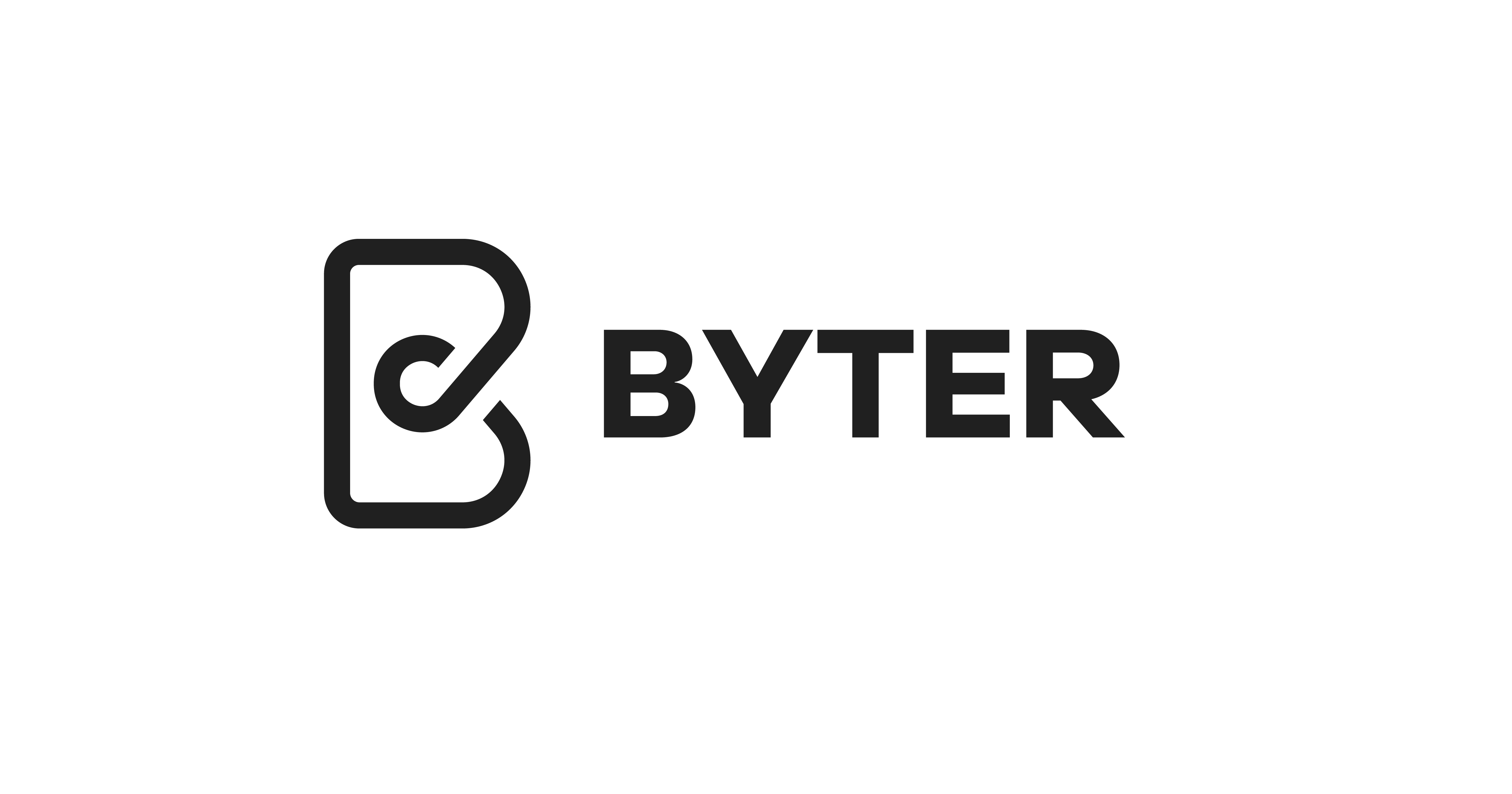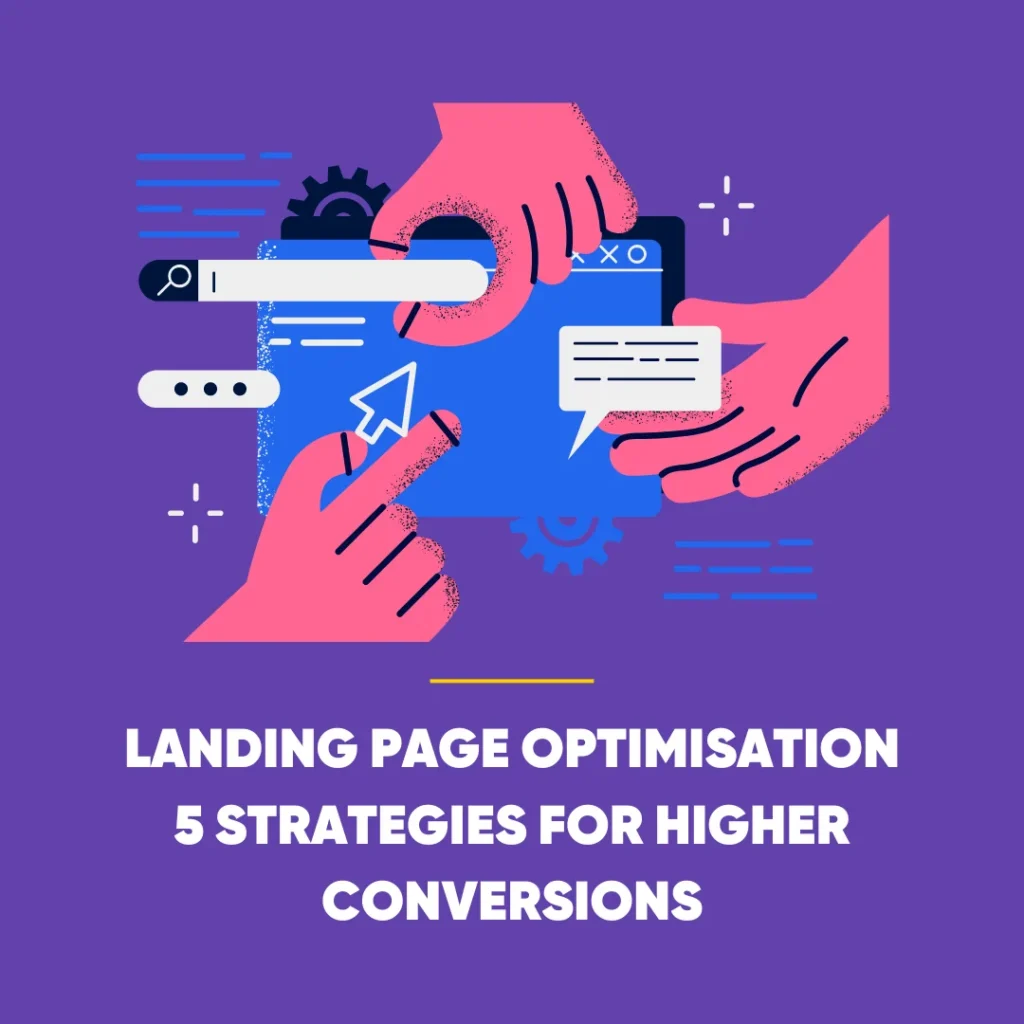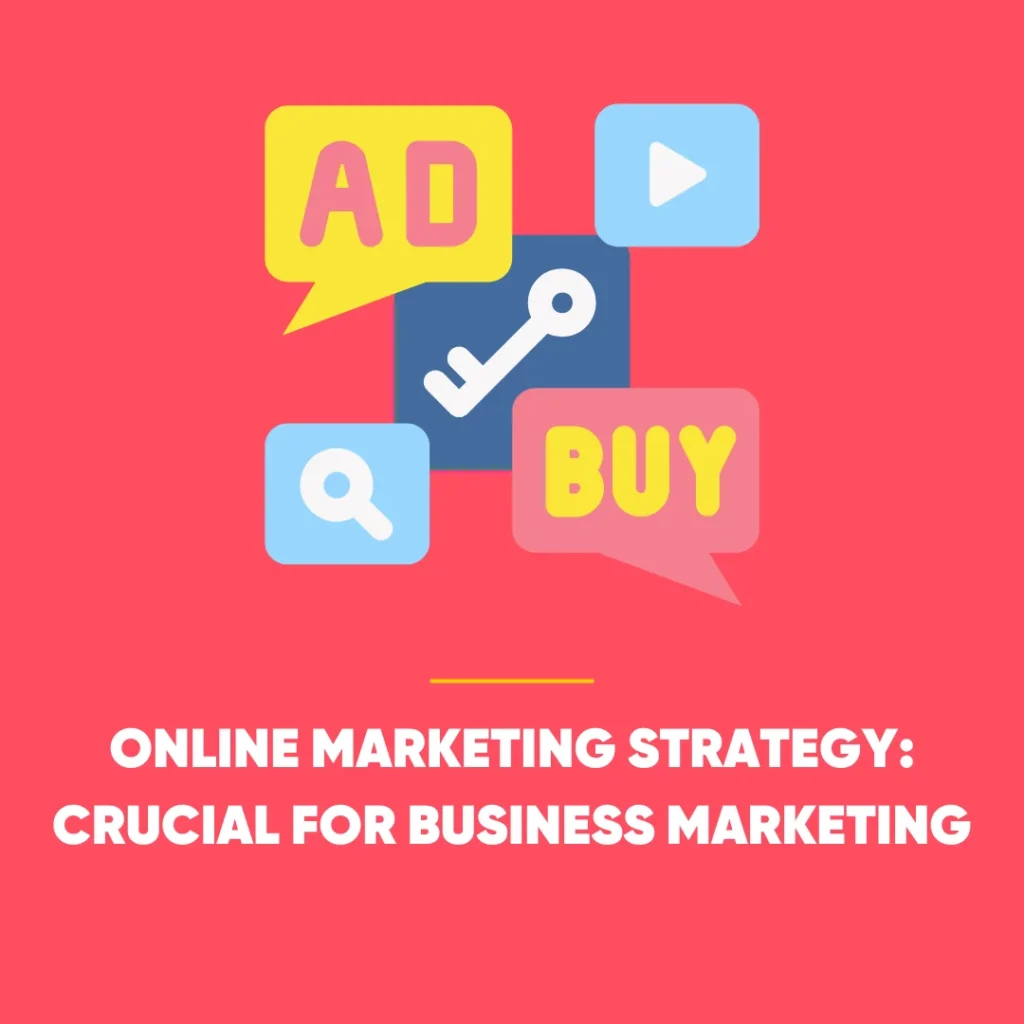HOW TO SPOT THE NEXT REVOLUTION IN CONTENT MARKETING
Content Marketing
Content Marketing is a marketing technique of creating, distributing, and publishing valuable, relevant, and consistent content to attract a targeted audience. Typically, this could be in the form of educational articles, E-books, videos, entertainment, and webinars.
Marketers using content marketing have a collective passion for this engaging medium which has spurred numerous innovations in just the past few years. From DIY-friendly mobile filming and editing tools to video-centric social channels like Twitch and TikTok. Even to more intelligent automated systems that can make scalable, data-rich video campaigns a breeze to create and deploy.
Yet, as media evolves from a mass to microfocus, so too have the audience’s expectations of personal relevance and value. Brands increasingly realize one-size-fits-all video content is no longer enough to gain attention, let alone compel people to act on what they’re watching.
That’s why content marketing’s next revolution will be centre around Video Personalization.
Read below for a detailed guide on the what, how, and why of Video Personalisation.
VIDEO PERSONALISATION FOR CONTENT MARKETING
What is Video Personalisation?
A personalised video is video content that adapts to who is watching. It is a very unique and individualised way to connect with your audience.
So I guess you’re wondering, “how can video personalised be used effectively?”
Well, it’s simple! Brands create personalized video campaigns by incorporating details about the recipient into the storytelling experience. This is similar to what you often do with emails and newsletters.
Fundamentally, the message resonates better, just like a one-to-one conversation instead of a mass-produced marketing message. Done right, it’s a powerful way to use your customer data to reinforce the value of engaging with your business. You should be using this in your content marketing strategy.
As well as this, by integrating more CRM system data, enabling users to contribute their own assets, or exploring more advanced tools and applications then your personalization possibilities can be expanded to:
-
Visual elements:
By segmenting delivery, viewers can see photos, artwork, or graphics based on their geographic location. As well as topics of personal interest, or prior purchasing. behaviours.
-
Audio
Here, you can configure the video to deliver a different script over part (or all) of the main footage.
For example, one traveller might hear an overview of a hotel chain’s signature amenities, whilst someone who has a reservation might hear details about the accommodations at that location.
-
Real-time experiences:
Individually generated videos can include text, images, and personal details contributed by your audience members themselves.
This approach requires users to upload files and information via a form. You will likely need a dedicated tech platform for execution, which can add costs and complexity to your campaigns. Despite this, it offers the potential for users to spend more time engaging with (and sharing) your content.
It can also provide new insights into consumers’ interests and preferences which you can use in future marketing efforts.
-
In-video shopping:
Within this, you can customise how viewers experience the video content, rather than the contents of the video itself. So, viewers can self-select certain products or features in the video they want to explore in more detail.
It’s particularly well-suited to drive traffic from a paid video on social media to your brand’s e-commerce site, or a customised landing page.
TIP: Tailored videos also work well in account-based marketing programs because you can directly appeal to a targeted viewer based on their industry vertical, region, or employer. You can create one video, but customise elements to speak directly to your role in the decision-making process. Or you could speak directly to their specific function within your organisation. As MarketMuse’s Jeff Coyle has pointed out, a personalised strategy can be a game-changer in ABM.
What do you need to get started?
In order to deliver these videos at any level of scale, a handcrafted approach isn’t feasible (and your video editors will probably hate you for even asking). So, your best bet is to take advantage of technology. Use technology to help out with your content marketing strategy.
YOU NEED:
- The Right Data:
Your team needs the right data – types and amounts – and permission to use it. Everything which is personalized is not possible without accurate customer information to incorporate into your message.
However, nothing derails the potential impact of your resulting video campaign faster than crossing the line between clever use and creepy intrusion. So keep this in mind!
- Strong CRM System:
You must have a robust CRM system in order to enable segmented delivery. You will also need to create a video template that contains fields for each personalised element so it can be replicated for each new viewer. This is a task that makes a CRM’s automation capabilities a must-have for optimal success.
- A Personalisation Strategy:
Before moving forward, HealthPrize Technologies’ Vishal Khanna suggests asking yourself this question: Is personalisation integral to achieving success?
If the answer is yes, then you need to create your own personalisation strategy. This is where you outline exactly what you are looking to achieve through this effort. This will allow you to accurately gauge if it fulfils its purpose.
- Creative Direction and Marketing Alignment:
The more thought that goes into your creative process, the better the end experience will turn out. So, you need to map in advance how you want the story to unfold, where to incorporate the personalised features, and what actions you want your audience to take afterwards.
Make sure everyone on your team, from writers and video editors to your tech and data teams. As well as any external vendors involved. They should know what they need to do to make it happen.
How are brands using personalised videos?
Your creative approach will depend on your budget, data, integration capabilities of your CRM system, and the desired effect. But all things being equal, personalization can increase the impact of your video content in a variety of ways – from simply making your video feel more human and relatable to delivering a “Wow! How’d they do that?” experience that audiences will be eager to share and socialize.
Here are a few examples to illustrate the possibilities:
BANK OF AMERICA
In this example, the Bank of America is promoting the value of membership.
Bank of America/Merrill Lynch sends a personalised video at the end of each year. It summarises the perks earned by the participants, the benefits they took advantage of, and suggestions of other services they might want to explore to grow their financial portfolio.
To create these videos, the bank aggregates data from the recipient’s account. They email a unique link to the customer’s email address, so only the intended recipient can view their financial details. Though the content details are similar to what customers can access on their rewards landing page, the videos motivate the customer to click and see the results they’ve achieved through the bank’s programs.
The Bank of America also uses personalised videos on the B2B side. For example, its financial advisors can send customised videos to their wealth management customers. Customers can also view their investment portfolios and select different products and options to see how each might affect their financial goals.
Facebook celebrates user’s milestones and memories
For a classic example of this technique, look no further than those compilation videos Facebook posts in your feed to commemorate friendships, celebrate birthdays or anniversaries. These simply spark nostalgia with pre-packaged collages of the viewer’s popular posts and pics. Social media is the lifeblood of your content marketing strategy, ensure you have this from the start.
Since Facebook’s user terms grant it permission to use any assets on its platform, their team needs only a creative idea and an algorithm to create and scale the deployment of these kinds of personalised video campaigns. Facebook also commonly offers the recipient’s the ability to swap out images and artwork after the videos are shared.
PLEASE NOTE: Before Facebook launched this feature, a lot of tech development had to happen behind the scenes to power it. This includes proprietary applied machine learning tools that could gauge the selected content for appropriateness. If you’re thinking about involving customer-submitted assets in your video personalisation then you might want to consult with experts in this technique (or, at the very least, your company’s legal team). Machine learning can be adapted for your content marketing strategy and there are various tools to help automate some of the smaller tasks.
Now you’re ready to create the most engaging personalised videos possible! and stay on-trend at the same time!
Congratulations! You have just been taught a detailed Byter guide on Personalised Videos. Now all you need to do is keep this article near and dear for reference when you’re ready to make you very own captivating personalised video. Don’t forget to let your family and friends know about your newfound skills from a London Digital Marketing Agency. Also, be sure to let us know how you do on your Personalised Video path. We’d love to hear about it!
HANDPICKED RELATED CONTENT: The Static Website is Dead! Long live Personalised Content!










